Tales of the Frightened
“Dim the lights and play this record … if you dare!”
Tales of the Frightened (Volume 2) Told by Boris Karloff. Mercury Records. (1963)
Scarstuff is a site that let’s you download the stories.
You are currently browsing the archive for the Personalities category.
“Dim the lights and play this record … if you dare!”
Tales of the Frightened (Volume 2) Told by Boris Karloff. Mercury Records. (1963)
Scarstuff is a site that let’s you download the stories.
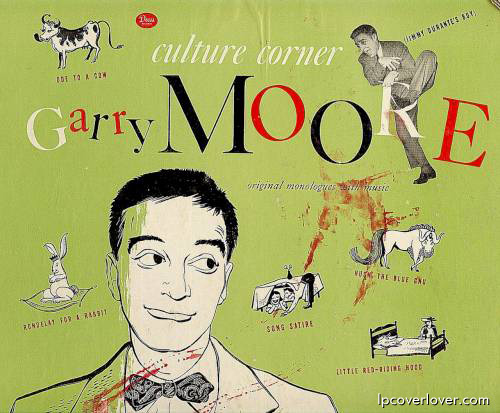
Garry Moore was a radio and TV talk show host and host of TV game shows like “I’ve Got A Secret” and “To Tell The Truth”. I found this cover on a cool site called Learning to Share. Check it out for all kinds of interesting old stuff.
Noel Coward, dramatist, actor, writer, composer, lyricist, painter, and wit wrote songs including “A Room With A View,” “I’ll See You Again,” “Mad Dogs and Englishmen,” and “Don’t Put Your Daughter On the Stage, Mrs. Worthington”. With the play “Private Lives,” (1930) he had became the highest earning author in the western world. With the onset of World War II he redefined the spirit of England in films such as “This Happy Breed” (1944), “In Which We Serve” (1942), “Blithe Spirit” (1945) and “Brief Encounter” (1945). His “Hay Fever” was the first work by a living author to be produced at the National Theatre. He was knighted in 1970, and died in his beloved Jamaica on 26 March 1973.
“Ole Buttermilk Sky” by Hoagy Carmichael on Kapp Records (1958)
“When playing this record, care should be taken to use both a sharp needle and a sharp ear, because it contains an unusual number of unexpected lyrical delights and musical surprises, in addition, of course, to the infectiously fetching delivery of this highly-stylized musical institution, Mr. Hoagland Carmichael, LLD and ASCAP.” From the liner notes by George T. Simon.
Ole buttermilk sky — Doctor, lawyer, Indian chief — Moon country is home to me — When love goes wrong — Old music master — Mediterranean love — My resistance is low — The monkey song — Baltimore oriole — Music always music — Rogue River Valley — In the cool, cool of the evening.
One of the great composers of the American popular song, Hoagy Carmichael differed from most of the others (with the obvious exception of Duke Ellington) in that he was also a fine performer. Such Carmichael songs as “Stardust,” “Georgia on My Mind,” “Up the Lazy River,” “Rockin’ Chair,” “The Nearness of You,” “Heart and Soul,” “In the Cool, Cool, Cool of the Evening,” “Skylark,” and “New Orleans” have long been standards, each flexible enough to receive definitive treatment numerous times. Carmichael, who was briefly a lawyer, loved jazz almost from the start, and particularly the cornet playing of Bix Beiderbecke. His first composition, “Riverboat Shuffle,” was recorded by Bix and the Wolverines in 1924, and became a Dixieland standard. Carmichael, as a pianist, vocalist, and occasional trumpeter, eventually abandoned law to concentrate on jazz, particularly after recording “Washboard Blues” with Paul Whiteman in 1927. He led a few jazz sessions of his own in the late ’20s (including one that interpreted “Stardust” as an up-tempo stomp), but became more popular as a skilled songwriter. By 1935, he was working in Hollywood and became an occasional character actor, appearing in 14 films including To Have and Have Not and The Best Years of Our Lives, generally playing a philosophical and world weary pianist/vocalist. In the 1940s, Carmichael recorded some trio versions of his hits, and in 1956, he cut a full set of vocals while backed by a modern jazz group that included Art Pepper. After that, he drifted into semi-retirement, dissatisfied with how the music business had changed. His two autobiographies (1946’s -The Stardust Road and 1965’s -Sometimes I Wonder) are worth picking up. – Scott Yanow, All Music Guide
King Henry the Fifth / Elegy for the Brave / Theme from Cyrano / Mr. Tamborine Man/ Hamlet / It Was a Very Good Year / Romeo and Juliet / How Insensitive (Insensatez) / Spleen / Lucy In the Sky With Diamonds / The Transformed Man
The Transformed Man is actor William Shatner’s debut album, released in 1968, while the original Star Trek series, in which he starred as Captain James T. Kirk, was still on the air. The album is best remembered for showcasing Shatner’s now-famous vocal style”†spoken word – with a number of dramatic pauses and flourishes and some of these performance are stand outs on the Rhino Recrods’ “Golden Throat” series.
Shatner’s first album The Transformed Man still stands as a classic in the “novelty / celebrity camp” department and deservedly so, as listening to this album is an utterly perplexing experience. If the quality of an album would be measured by how loud the listener yells “WHAT THE FUCK IS THIS?” while hearing it for the first time, then this album would be one of the most impressive ones to ever appear on this website. Many celebrities – mainly actors, the vain breed – have recorded and released music (ever heard Leonard Nimoy, Don Johnson and Bruce Willis?), but no one did it with as much conviction, insanity and hubris as good ole Captain Kirk of Star Trek. Not even David “I’ve been looking for freedom (and found it on a beach)” Hasselhoff, who by all accounts is a bad-ass motherfucker you don’t wanna mess with.
In the totally serious liner notes, Shatner tells you how the project came to be and how he’d always had the ambition to do “something with the spoken word combined with the magic of music.” Ideas actually turned into plans, the “right” people got together and Shatner did get his record” ¦ which consisted of parts of Shakespeare (“Henry the Fifth,” “Hamlet” and “Romeo and Juliet”) and poems by Frank Devenport set to music, as well as reinterpretations of Dylan’s “Mr. Tambourine Man” and The Beatles’ “Lucy in the Sky with Diamonds.” And the results” ¦ they’re astounding, bigger than life mini-operas that somehow managed to combine ultra-expressive and loud music (Stravinsky-meets-Bernard Herrmann!) with Shatner’s hilarious spoken word-parts. Of course, he’d already had some experience with the clumsy dialogue of the Star Trek series, but here he easily surpasses himself and turns in classic performances that are so mannered, pompous and theatrical that you just don’t know whether he’s serious or messing around with whoever was/is stupid enough to listen.
During “Henry the Fifth,” he delivers an impressively fiery speech inciting an army to fight, while the love-story of “Romeo and Juliet” is told as if he’s telling a few 4 year-olds about Bambi and the baby Jesus. The music in the meantime usually adapts itself to the vocals. One moment, your speakers will be terrorized by militaristic salvos and grotesque crescendos, the next moment (“Elegy for the Brave”) it transforms into a kind of slick, campy lounge that could be used for a French soft-porn flic. Nothing is held back: harps, bassoons, sudden trumpet interruptions, ringing sleigh bells, flutes, tension-creating percussion – it all serves to create an effect that’s as artificial as Shatner’s art. It never really works though, as the man’s intonation and (unintentional?) sense of humour steal the show over and over again. Just check out how he starts saying “Mr. Tambourine Man” ¦ hey, Mr. Tambourine Man” ¦ hey, Mr. Tambourine Man???” while some idiot is beating himself to a pulp with a tambourine. It’s classic material. Even better – although you could also call it a gruesome massacre as well – is the total demolition of “Lucy in the Sky with Diamonds,” where the Cap’ goes into realms of overacting where no one ever went before. It’s embarrassing and mind-boggling, but also good for a few laughs, although I wonder what The Beatles actually thought at the time. Because of their popularity and the treatment they’re given, the popular songs are the most interesting here, although the closing track (according to the liner notes a three-movement form: “earthly unreality – transitional awareness – contract with divinity”) is also worth a few listens. Because of its bizarre portentousness and Shatner’s side-splitting approach, it works much better as comedy than music, but it’s also extremely cool to file The Transformed Man between Del Shannon and The Shirelles. Or Saxon and Slayer, if you’re into a different style of music. — Guy Peters
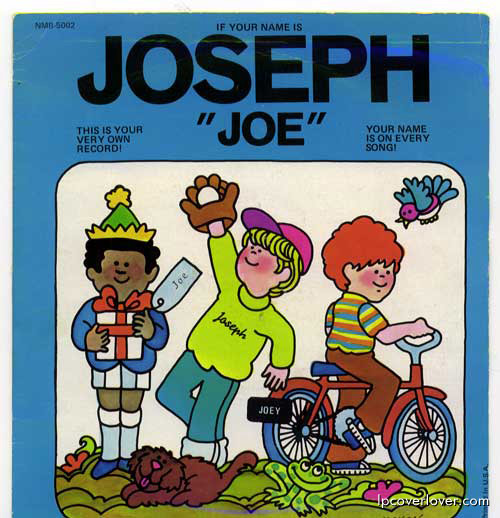

Thanks Joe for this nice “concept” 45. I wonder if they had one for Matthew. Like getting that “license plate” for your first bike. Joe also has a cool blog called ArtLung
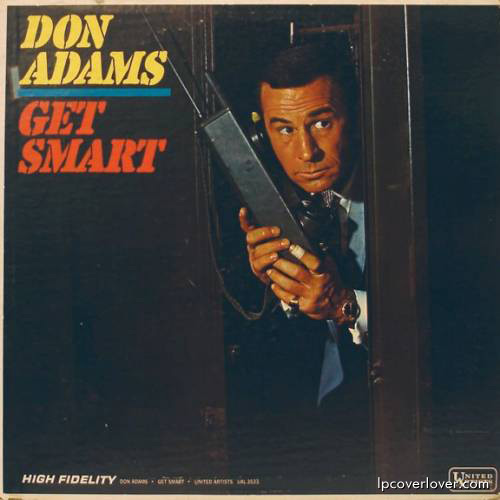
Get Smart writers included Mel Brooks and Buck Henry. There’s currently a feature film scheduled with Steve Carrell as Max.
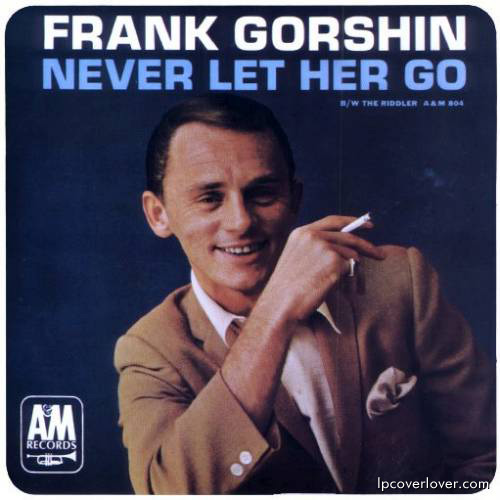
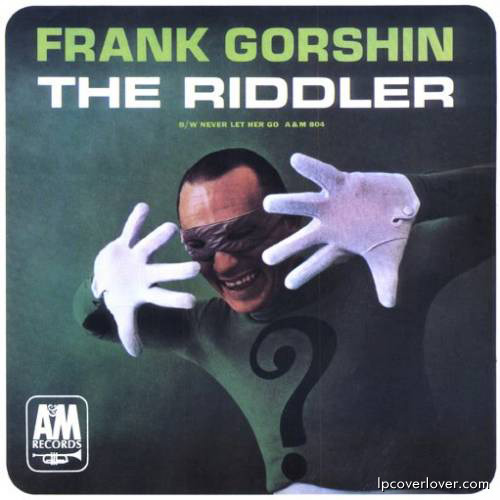
Riddle me this: Frank Gorshin was more than just The Riddler on Batman. He was in some classic fifties exploitation, b-movies including “Hot Rod Girl,” “Runaway Daughters,” “Dragstrip Girl,” and “Invasion of the Saucer Men”. He also brought the character Sammy Glick to life in the broadway production of “What Makes Sammy Run.” He died in 2005, two days after his final performance in an episode of CSI.

Bob Crane was an LA Dj, accomplished drummer, actor, tv star and porn addict. He did it all.